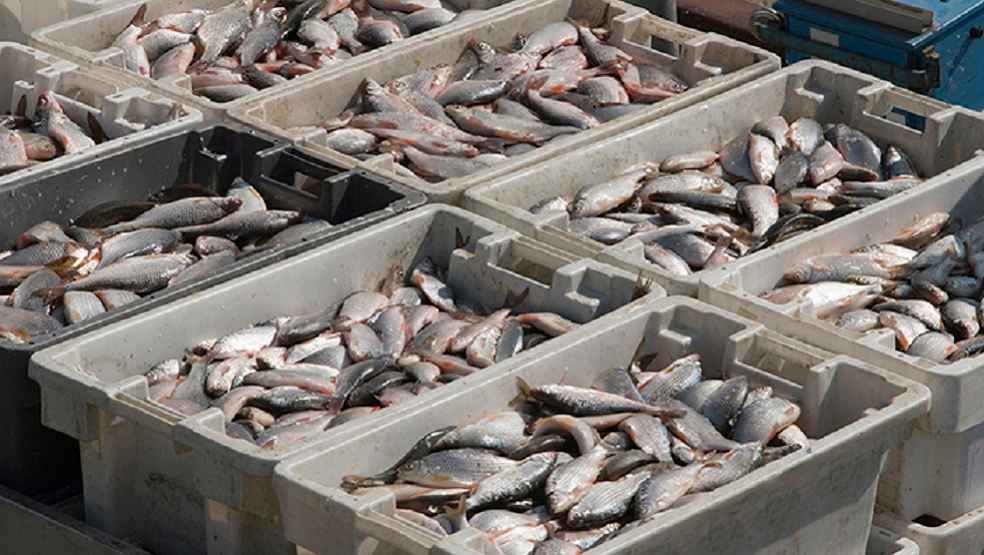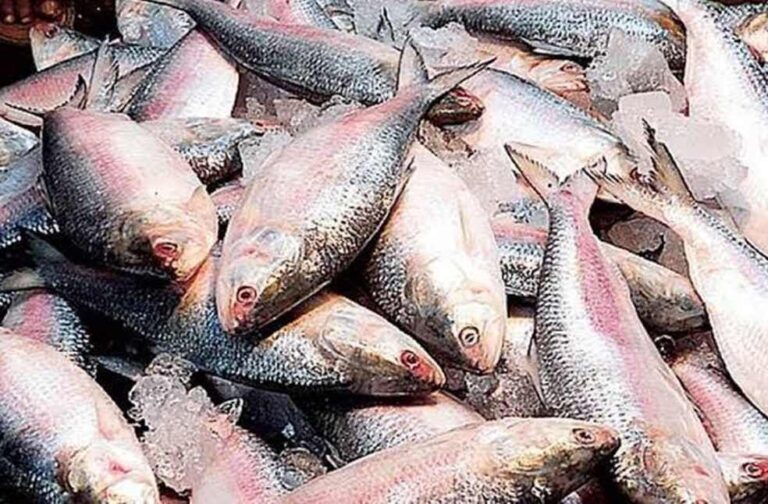Vietnam’s tilapia export turnover reached nearly $14 million in the first quarter of 2025, marking a 131% increase compared to the same period last year, according to the Vietnam Association of Seafood Exporters and Producers (VASEP).
The United States remained Vietnam’s largest tilapia buyer, with import values exceeding $6 million, three times higher than in the first quarter of 2024, and accounting for 46% of Vietnam’s total tilapia export turnover.
In 2024, Vietnam’s overall tilapia exports rose sharply to $41 million, a 138% increase year-on-year. Exports to the US market alone reached $19 million, reflecting an exceptional 572% year-on-year growth. The main products exported include frozen whole tilapia and frozen fillets, which have gained increasing popularity among American consumers.

According to VASEP, the global tilapia market was valued at approximately $10.6 billion in 2024 and is projected to grow to $14.5 billion by 2033. With global consumption expanding at an average rate of 13% annually and US import demand estimated at around 200,000 tons per year, Vietnam’s tilapia sector is well-positioned for further growth.
Vietnam currently ranks fifth in Asia for tilapia production, behind China, Indonesia, Bangladesh, and the Philippines. The country benefits from stable tropical climate conditions, vast aquaculture areas in the Mekong Delta — covering approximately 3,300 hectares — and extensive farming expertise from the tra fish (pangasius) industry. These factors contribute to Vietnam’s ability to develop tilapia production with low costs, short farming cycles, and the potential to enhance yields through advanced pond farming technologies.
Vietnamese tilapia products are also making significant inroads into demanding markets such as the European Union, underscoring the sector’s growing competitiveness. The imposition of anti-dumping tariffs of up to 125% on Chinese tilapia exports to the US has opened a rare opportunity for Vietnam to expand its market share further.

However, VASEP cautioned that the domestic tilapia industry still faces notable challenges. Heavy reliance on imported feed, rising logistics costs due to trade tensions, weaknesses in the supply chain, and a shortage of internationally certified processing facilities pose obstacles. Additionally, tightening global standards regarding food safety, traceability, and sustainable labor practices require Vietnamese producers to continue raising their operational standards.
Competition from other major exporters, including Brazil and China, remains intense. VASEP stressed that continued investment in quality improvement and value addition will be critical to maintaining and strengthening Vietnam’s market position.
BUSINESS GENERAL | Pakistan Eyes U.S. Trade Balance, Seeks China’s Support



